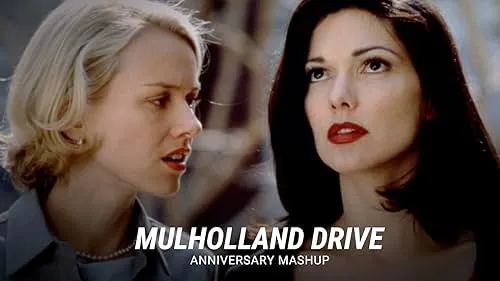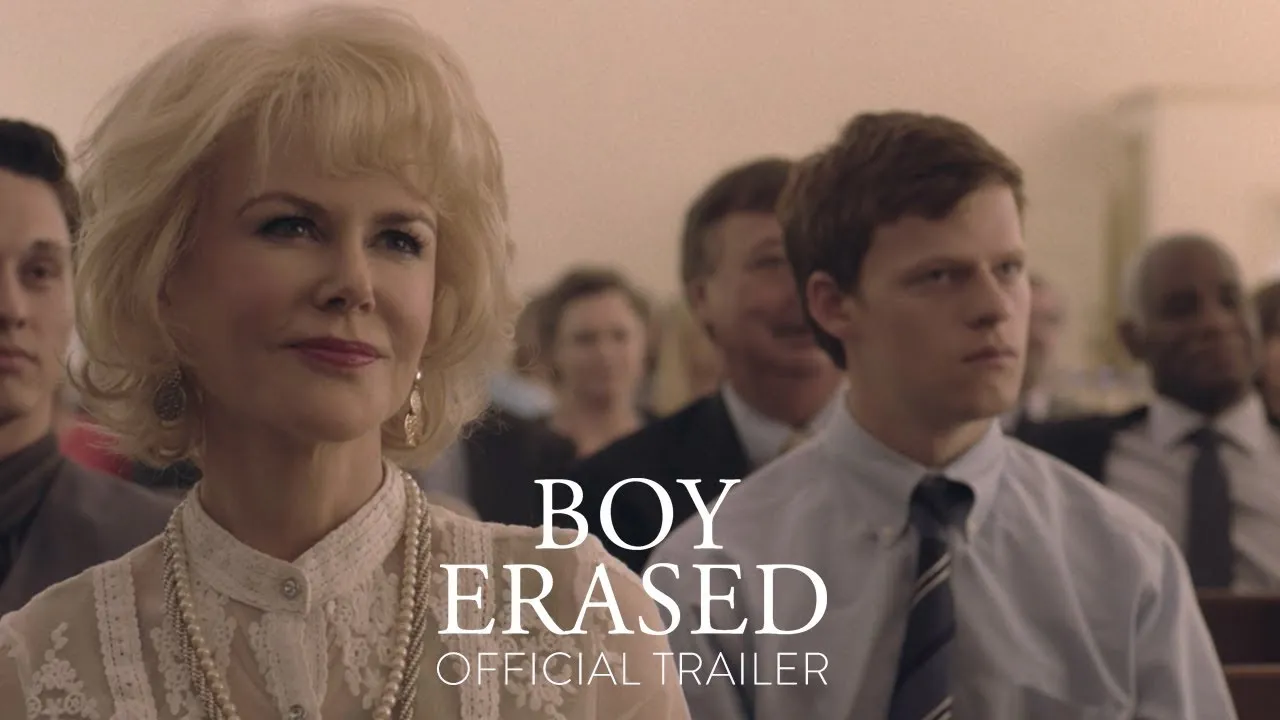👉Full movie at end of the post
A Sight on You begins with a quiet, solitary photographer named Camille who moves into a small city apartment after a recent breakup. While trying to rebuild her life, she becomes increasingly intrigued by her new neighbor — a charming but elusive man named Adrien, who seems to watch her just as much as she watches him. Through her lens, Camille starts capturing glimpses of him, at first out of curiosity, but soon with an intensity that borders on fixation.

As days go by, the boundary between art and obsession blurs. Camille begins staging moments for Adrien to notice, hoping to provoke a reaction or build an unspoken connection. Adrien, for his part, gives nothing away. This silence only deepens her fascination, and she becomes consumed by the idea of him — or perhaps the version of him that she has created in her mind. Her work grows more intimate, raw, and revealing, mirroring her inner descent into longing and detachment from reality.
The film masterfully builds tension through subtle gestures, silences, and dreamlike cinematography. There are no jump scares or overt threats, but a constant, creeping unease — as if something is watching not just Camille, but the audience itself. Conversations become coded. Glances linger too long. Is Adrien truly unaware of Camille’s growing obsession, or is he complicit in it? The ambiguity creates a psychological cat-and-mouse game that keeps the viewer uncertain and intrigued.

Things take a darker turn when Camille discovers that Adrien may be hiding secrets of his own. A photo she didn’t remember taking appears in her collection. A shadow moves across her window at night. Her perception fractures as she wonders if she’s the observer — or the one being observed. The narrative shifts, questioning Camille’s sanity and whether her art has invited danger into her life. This moment of inversion transforms the story from personal obsession into psychological thriller.

In its final act, A Sight on You becomes a meditation on loneliness, identity, and the vulnerability of desire. It avoids neat conclusions, instead leaving the viewer suspended in a space of uncertainty. Was Camille in control, or was she manipulated from the beginning? Was Adrien ever real in the way she imagined him? With haunting visuals and minimal dialogue, the film offers a slow-burning, atmospheric experience — one that lingers long after the final frame.
-1739761800-q80.webp)


